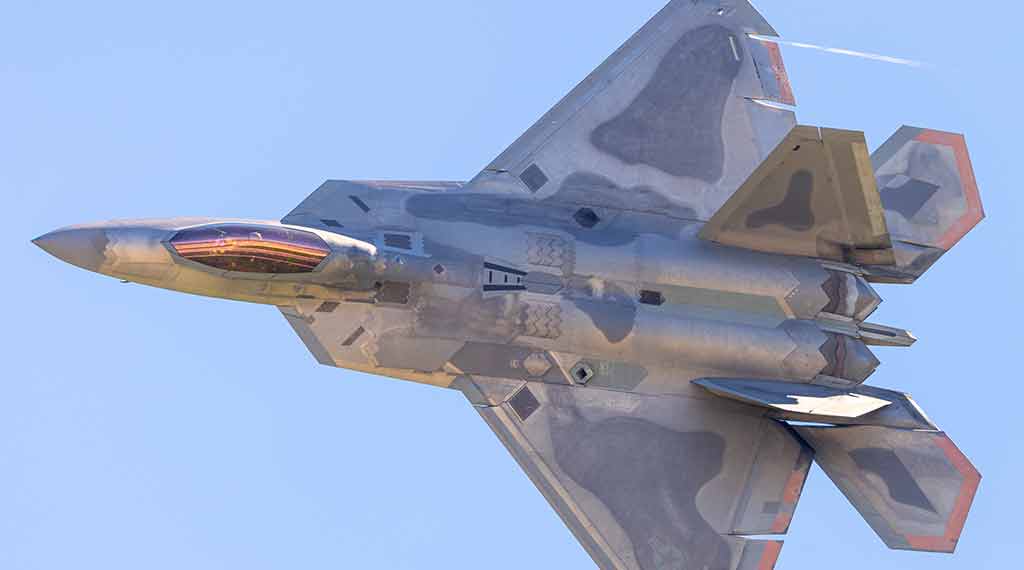Could the F-22 Raptor fly from US Navy aircraft carriers?

The American-made F-22 Raptor, known for its stealth and maneuverability, is not suitable for aircraft carriers despite its impressive capabilities.
-Initially designed to counter Soviet jets during the Cold War, the Raptor became the world’s first fifth-generation jet.
-However, its inability to operate from carriers stems from its weight, lack of training for carrier landings, and the need for significant modifications to the airframe.
-These modifications would compromise its stealth and increase maintenance costs.
Latest posts by Maya Carlin (see all)
- US Stands Up New Drone Strike Force in the Middle East - December 9, 2025
- Has Russia Finally Sold its Su-35s to Iran? - December 2, 2025
- Iran’s Growing Missile Arsenal Is a Challenge for Israel - November 18, 2025
